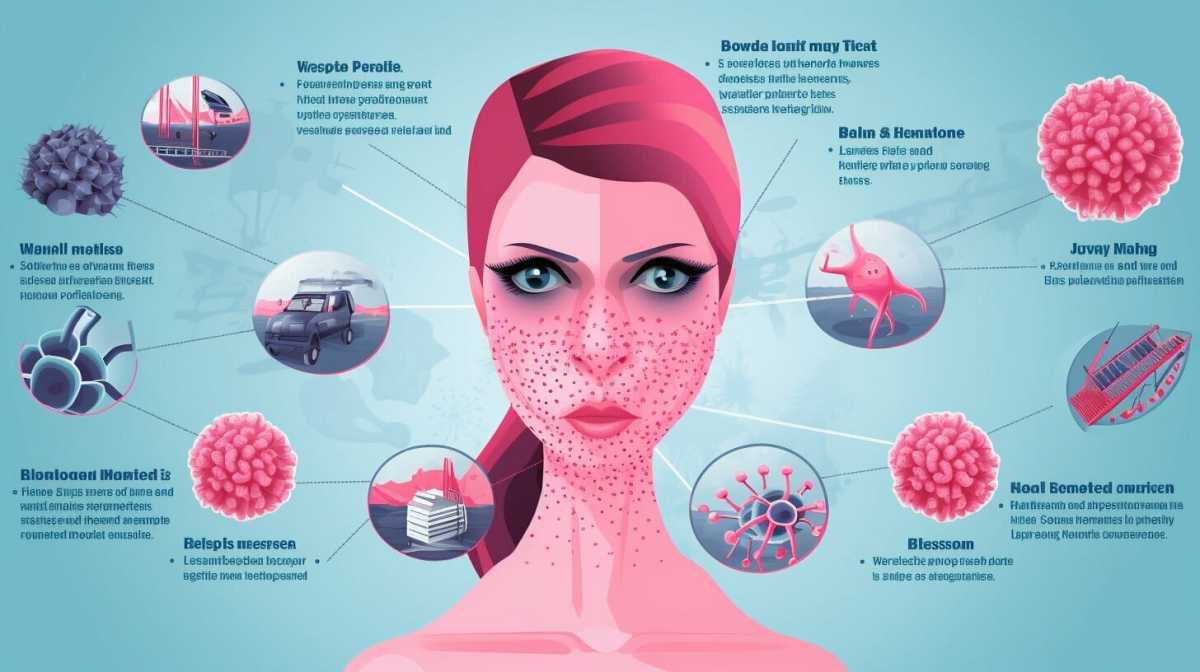Health
Cervical Cancer: Diagnosis, Symptoms, and Treatment Options

Cervical cancer, the fourth most common cancer in women, continues to be a major health concern globally. According to the World Health Organization (WHO), an estimated 604,000 women were diagnosed with cervical cancer in 2020, resulting in around 342,000 deaths. However, early detection can significantly increase the chances of successful treatment.
In a recent unfortunate incident, 32-year-old actress Poonam Pandey lost her life to cervical cancer, highlighting the urgency to address this issue. The Indian government has taken note of the situation, as evident in Union Minister Nirmala Sitharaman‘s announcement during the interim budget, emphasizing the need to encourage vaccination for girls to prevent this ailment.
The Union Health Ministry has been closely monitoring the incidence of cervical cancer in India and maintaining regular communication with states and various health departments. Officials have highlighted that Indian women face a 1.6 percent lifetime cumulative risk of developing cervical cancer and a one percent cumulative risk of death from this disease.
Addressing the issue of affordability and availability, the Serum Institute has developed a made-in-India vaccine called CERVAVAC, which is currently accessible in the private market at a cost of approximately Rs 2,000 per dose. Additionally, MSD Pharmaceuticals Pvt Ltd, a subsidiary of Merck Sharp and Dohme, continues to market their HPV vaccine, Gardasil 4, in India, priced at Rs 3,927 per dose.
Cervical cancer is mainly caused by prolonged infection with certain types of human papillomavirus (HPV). According to the WHO, persistent HPV infection of the cervix is responsible for 95% of cervical cancer cases. While it typically takes 15-20 years for abnormal cells to develop into cancer, women with weakened immune systems may experience a faster progression.
Recognizing the importance of early detection, the WHO advises women to seek medical attention if they notice any unusual symptoms. These may include unusual bleeding between periods, after menopause, or after sexual intercourse, increased or foul-smelling vaginal discharge, persistent pain in the back, legs, or pelvis, weight loss, fatigue, loss of appetite, vaginal discomfort, or swelling in the legs.
Diagnosis of cervical cancer requires a medical professional to conduct relevant tests to confirm its presence. Timely treatment is vital and can involve surgery, radiotherapy, chemotherapy, and secondary care for pain management.
The Indian government’s efforts to raise awareness about cervical cancer and promote vaccination for young girls are commendable steps in the right direction. With continued focus on prevention, early detection, and accessible treatment options, the battle against cervical cancer can achieve significant progress.












